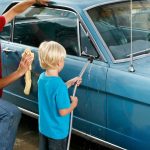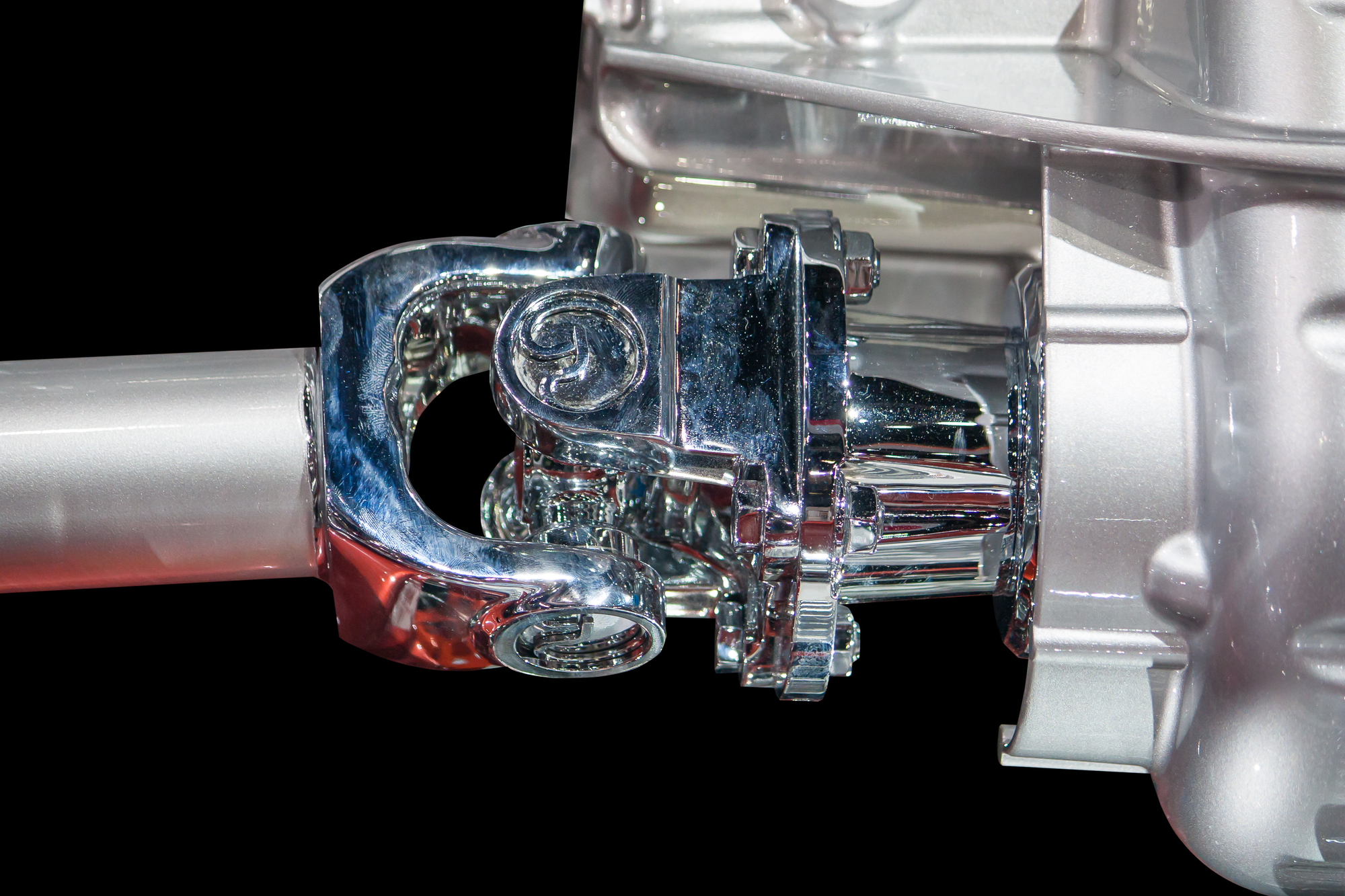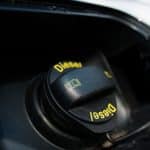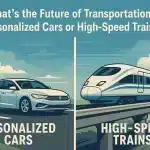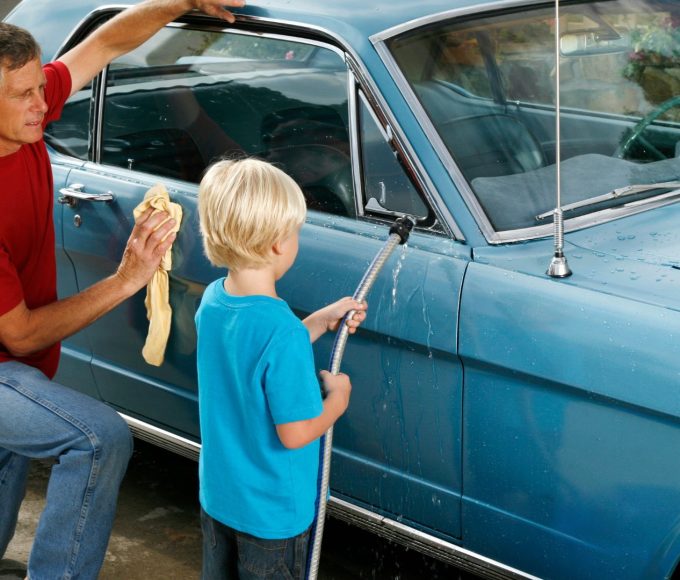As a car owner, it’s crucial to understand what the many moving parts of the vehicle do and, more importantly, when these parts may begin to run into an issue, as each area of the car affects another. A broken universal joint could impact the transmission box and other key components of the car, so all car owners should understand what to know about U-joint issues to prevent various dangers when operating the vehicle.
Video Overview
What Is a U-Joint?
The U-joint is a part of your driveshaft that allows it to rotate and move up and down as the vehicle makes various movements. It’s a key component of your automobile, as, without it, driving is impossible. Therefore, it’s essential that car owners understand what to know about U-joint issues. Typically, this piece wears out over time, and replacement fees vary.
U-Joint Issues: Check Your Driveshaft
As you begin evaluating your vehicle, ensure you detect the correct issue since the problem may not be your U-joint but rather a different part of the car. Since the U-joint connects to the driveshaft, the problem may actually be the driveshaft itself, so research the signs of a driveshaft in need of repair to make sure.
Keep in mind that a broken driveshaft will directly impact the U-joint, and in turn, your driving ability. Moreover, a broken driveshaft makes many of the same sounds as a universal joint does when it’s in need of repair. If you’re unsure what’s causing the problem, take your automobile to a mechanic. If your U-joint fails, it could damage the driveshaft by disconnecting it from the car.
The Warning Sounds of U-Joint Issues
Listen to your car and recognize the warning sounds—an automobile with a broken U-joint may make various sounds, and each sound calls for different action.
Squeaking
The car may make a squeaking sound when driving at slow speeds; this sounds like metal scraping on metal, and lubrication will easily repair this, as it allows for more fluid movements.
Clunking
Additionally, you may hear a clunking, clicking, or popping sound—the car typically emits these noises when shifting from drive to reverse. Should this happen, it generally means your vehicle needs its universal joint replaced.
Signs While You’re Driving
When you drive your car, you may notice things aren’t as they once were—your vehicle may leak transmission fluid if the universal joint and driveshaft have worn out the transmission box. Additionally, your car may not move at all. Should this happen, you’ll be able to change gears using the gearshift, but the car may not move since the driveshaft does not work properly.
Keep an eye on your vehicle and note when things don’t seem to be running as they once were; it could be a sign that it’s time to go to the mechanic.




